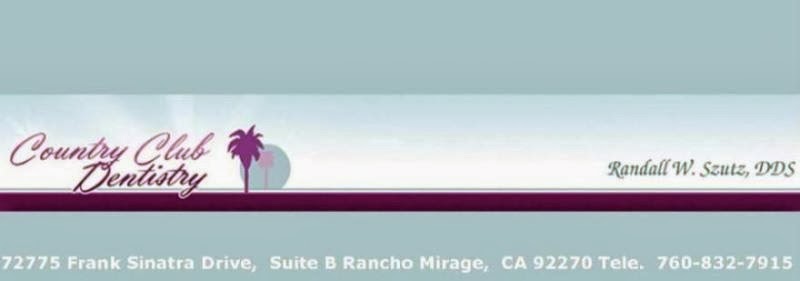There's a saying: "A smile can brighten the darkest day." Maybe that's why so many of us look for ways to change our teeth from dull and yellow to bright and shiny.
Yellow, stained teeth tend to come with the territory for coffee, tea, and red wine drinkers. Smokers, of course, put their teeth at greatest risk for unsightly stains. But everyone's teeth suffer after years of wear and tear --etchings or grooves begin to develop on the teeth's surface, making them more susceptible to stains over time. That's why the same glass of red wine you drink today may do more to discolor your teeth than it did 10 years ago, says Mark Wolff, DDS, PhD, professor and chair of the Department of Cariology and Comprehensive Care at New York University College of Dentistry
If you're in the market for a teeth-whitening solution, you have plenty of options. Today's professional and do-it-yourself bleaching methods are effective and have proven to be extremely safe, says Denise J. Estafan, DDS, MS, director of esthetic dentistry at New York University College of Dentistry.
Store-bought vs. dentist whiteners
Peroxide -- either carbamide or hydrogen -- is the active agent in teeth whiteners sold by dentists and drugstores alike, and the strength of the peroxide is what mostly sets them apart: Store-bought kits, such as whitening strips and trays, contain as much as 7% peroxide, Estafan says, while whiteners used in your dentist's office can have 35% or, less commonly, 45% peroxide.
The way the whiteners are delivered differs, too. Just one hour in the dentist's chair can turn your smile from dull to dazzling. After applying a high-concentration tooth-whitening gel, your dentist will aim a special heating lamp directly at your teeth for three 20-minute intervals, taking five-minute breaks in between to reapply the gel. "When it's warm, the carbamide peroxide works better," Estafan explains.
During the procedure, a rubber dam or other protective barrier is placed in the mouth to isolate the lips, gums, and tongue so the whitening gel stays concentrated where it's needed: on your teeth. Estafan says the in-office treatment works best when you follow up at home by using whitening trays that are custom-made for your teeth by your dentist. The tight fit keeps bleaching solutions in close contact with the tooth's surface and minimizes the amount of peroxide that is swallowed or contacts the gums.
Professional whitening at your dentist's office works well, but you'll pay for the privilege. Expect to shell out about $500 for the in-office light treatment (which Estafan says also includes at-home trays and solution) and from $300 to $400 for the personalized trays if used alone.
Whitening kits sold in drugstores contain lower levels of peroxide than those sold by your dentist but may work just as well, if more slowly. And they are considerably less expensive than professional options: Kits range from $25 to $100.
Can You Whiten Sensitive Teeth?
Tooth and gum sensitivity is a common side effect of teeth whiteners, though it's not clear why some people are affected and others are not, explains Denise J. Estafan, DDS, MS. Here are a few expert tips for whitening your teeth in comfort.
Don't worry.
Touchy teeth and gums are no cause for concern when using whiteners. "Healthy individuals with perfectly healthy gums can have a high level of sensitivity," Estafan says. The pain usually subsides within a few days.
Take it slow.
"You don't want to use the strongest and fastest [solution] because it comes with the most side effects," says Mark Wolff, DDS, PhD. Slow and consistent wins the race.
Kill the pain.
Discomfort can be tempered by brushing with toothpaste made for sensitive teeth. Also, if you're using whitening trays, ask your dentist for fluoride or potassium nitrate solutions, which can be applied to teeth in the same tray used for whitening gel and can help decrease tooth sensitivity.
Expert Tip
"If you're going with a drugstore option, you should choose whitening strips. They work better than store-bought trays because they adhere much more closely to the tooth surface." -- Mark Wolff, DDS, PhD
Country Club Dentistry
72775 Frank Sinatra Drive
Suite B
Rancho Mirage, CA 92770
Tel: 760-341-2599
Like us on Facebook: www.facebook.com/countryclubdentistry
